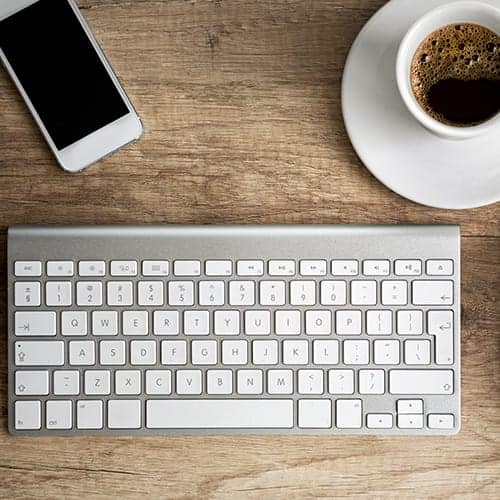Use images in all articles
Readers will be able to interpret your article. By using images, your readers can connect more with the article. It adds some flavour. You can use charts or diagrams to explain points. Web Designers Warrington uses SEO images.
Google images have been revamped to give a better user experience. The new additions such as filters, attribution, and Metadata is an indication that Google knows how important photos are.
Get the right images
Choose pictures that are original instead or stored ones. Taking the picture yourself make your article look more real. Web Designers Warrington uses unique photos.
The chosen image should relate to the content. It’s not appropriate to use random pictures in your SEO content. The image should align to the content or should illustrate an important point.
Place the image near the topic you want to illustrate. The keyword will be optimized well with an SEO image.
Look for alternatives
In a situation where you don’t have images, you can look for unique ones but not the stock images. For instance, you can apply ordinary photos that bring out some creativity. But while doing so, make sure you have quoted the photographer of the image.GIFS are also becoming popular methods of illustrating points. However, you should avoid exaggeration as they can distract your reader. Web Designers Warrington does not exaggerate the photos.
While preparing the images to apply in your SEO article, you should consider the following;
- Choosing the right name for the file
It’s crucial for Google to be able to recognize the image, therefore focus on the keyword in the name of the photo file.
- Scale the photo
Small size is ideal since it will load faster. Resize the picture appropriately. Word press usually resize many images at simultaneously.
- Make use of responsive photos
It is essential for SEO. The image should be able to be served in different devices, for example, smartphones.
- Reduce the size of the file
Make sure you compress the data so that it’s presented in its smallest size. Try experimenting with different sizes though 100% is the most appropriate.
- Add the photo to your article
Your photo is ready for use and it’s important not to place it anywhere in your content. Place it next to the relevant text.
- Add captions
An image caption is a text on the image on the article. It’s usually in a grey box below an image. Captions are suitable for SEO images because most readers will use them to scan a page. Web Designers Warrington uses captions.
You don’t need to add captions to all images in the article, because different images serve different purposes. It prevents over optimization.
- Alt and title text
Alt text is added to the photo so that in a situation where the image can’t be displayed, then there will be some descriptive text for the visitor. Web Designers Warrington prefers title texts.
- Add organised data
It helps Google display your photo as rich results. It helps bring out a better listing during photo search.
Please select a valid form.




